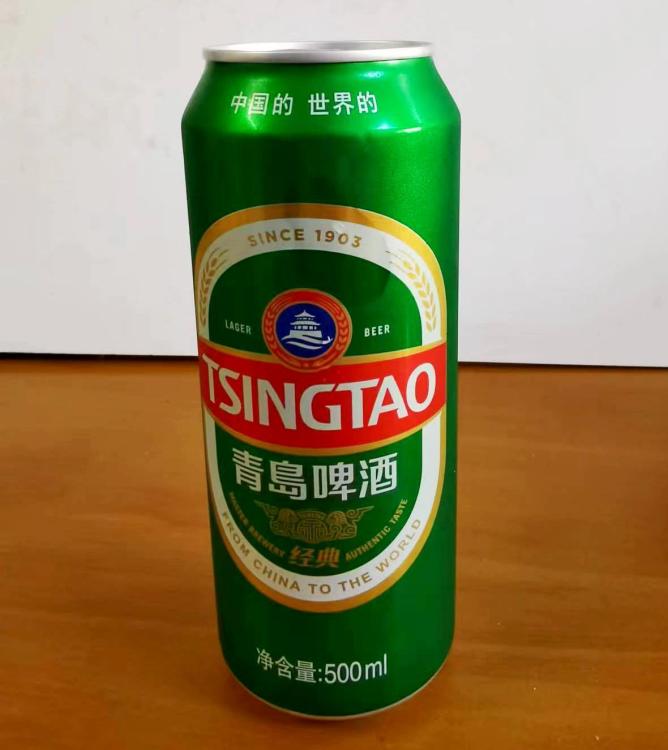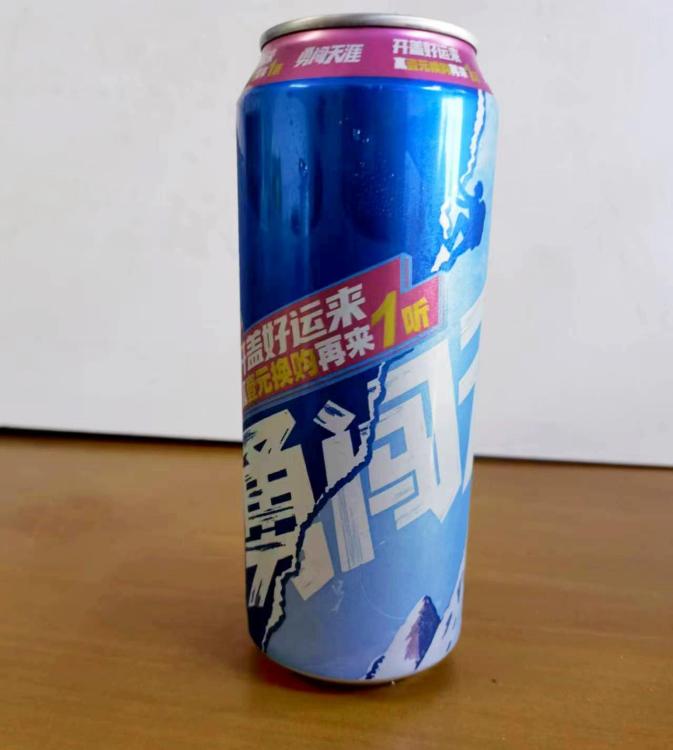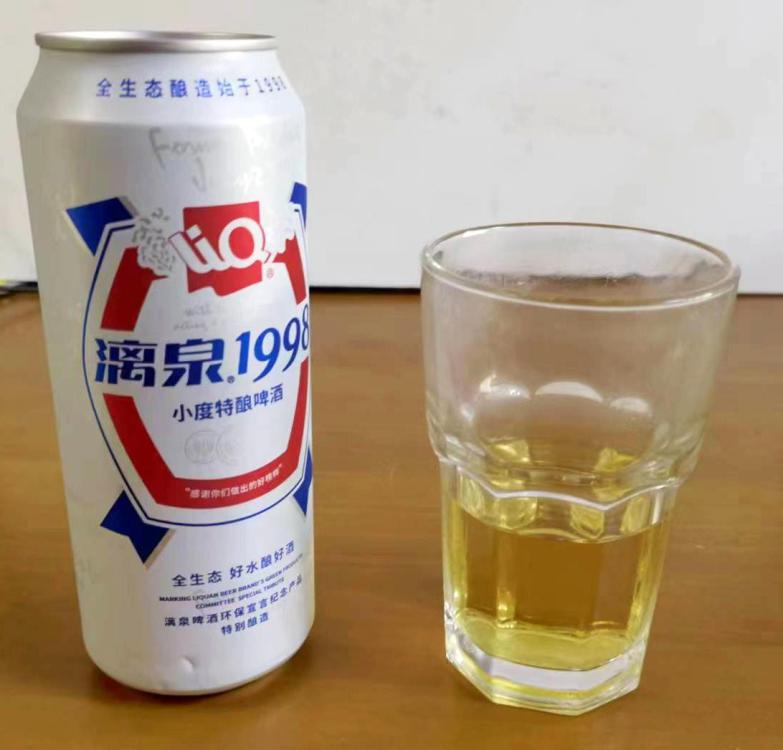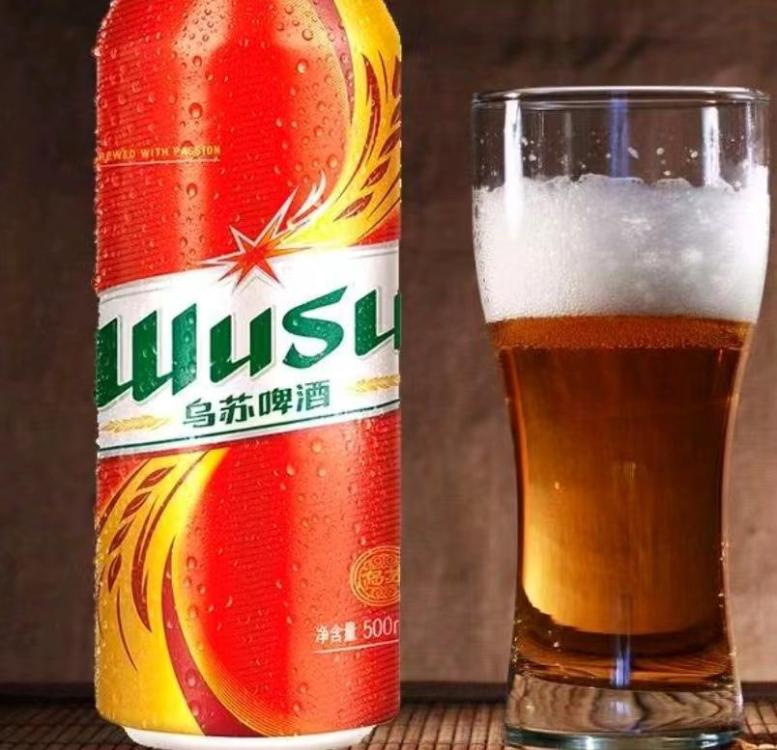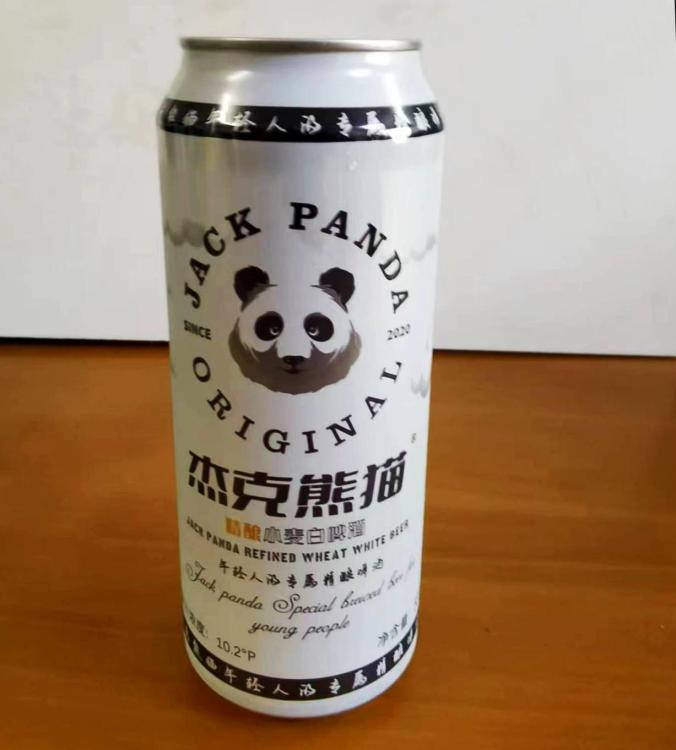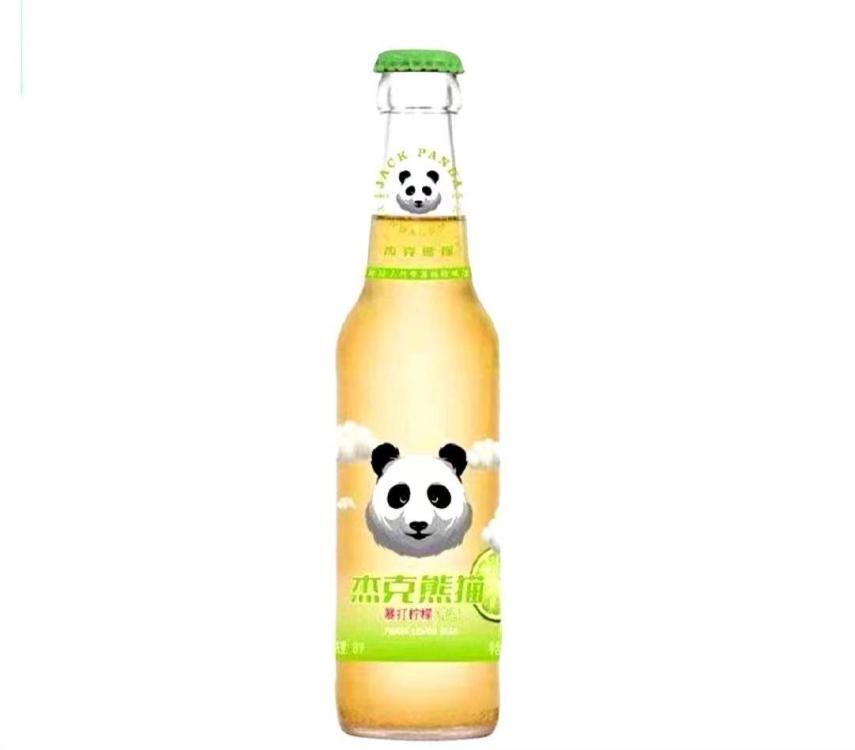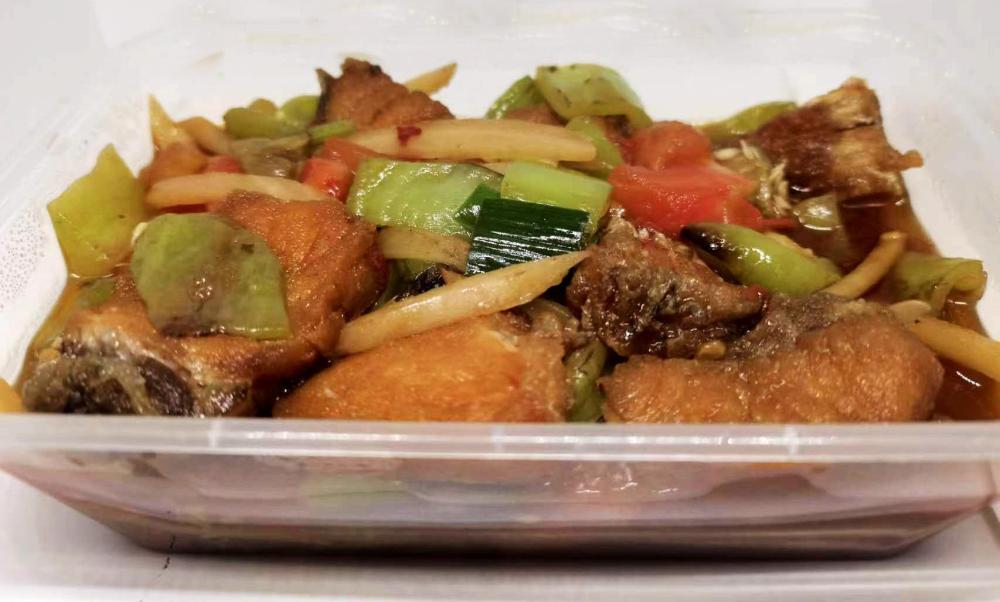Beer (啤酒 - pí jiǔ) 🍺 is used as an ingredient in many recipes around the world, but I don’t think many people associate it with Chinese cuisine as an ingredient. They’d be wrong. There aren’t so many dishes use it, but two are well-known throughout the country. I’ll came to those in a bit. First I need to look at the ingredient itself.
Although not traditional, beer consumption in China is massive and its not just me consuming it. In the early 2000s, China passed the United States to become the world’s largest producer with an average of 42.20 billion litres per annum – it would be higher but Covid and the associated lockdowns bit hard. Most of this production goes to the domestic market, export still being extremely limited but growing.
Besides innumerable Chinese manufacturers, the world’s brewing giants are also here both operating on their own and in joint ventures with Chinese companies.
It would be a mammoth undertaking, if even possible, to list every type of beer available so I’ll just mention a few of the better known brands.
Probably the best know outside China is S: 青岛啤酒 Trad. 青島啤酒 (qīng dǎo pí jiǔ), made in Qingdao in Shandong Province. This is one of only two products in China permitted to use the original transliteration as its name, so it is marketed as Tsingtao Beer.
Tsingtao Brewery Co., Ltd. was established in 1903 by German and British merchants as Germania-Brauerei Tsingtao Co., Ltd. In 1916 Qingdao fell into Japanese hands following their invasion of NE China and the company was compulsorily sold to Dai-Nippon Brewery, the producer of Asahi beer, but soon taken back after the First World War in 1918. It then remained in Chinese hands apart from another brief Japanese take over in WWII.
After Mao’s revolution and declaration of the People’s Republic in 1949, it was nationalised as a state controlled enterprise as Tsingtao Brewery Company Limited. Today it is the second biggest seller in China.
The largest is 雪花啤酒 (xuě huā pí jiǔ), literally ‘snowflake beer’ but usually referred to simply as Snow Beer. This is from Shenyang, capital of Liaoning Province in north -east China, and the company, founded in 1993, is owned by China Resources Enterprise, which has over 90 breweries across China. Heineken holds a 40% stake in the brand. You may not have heard of it, but this is the best selling beer in not only China, but the world.
Snow Beer
Another giant is 燕京啤酒 (yān jīng pí jiǔ), literally Beijing beer, Yanjing being an old name for China’s capital. Yan is pronounced ‘yen’ in Chinese. The company was established in 1980 and is owned today by Beijing Yanjing Beer Group Corporation. Besides their own brand, Yanjing beer. They have also acquired other brands across China, including my local brand.
漓泉啤酒 (lí quán pí jiǔ) is now made by Yanjing Beer (Guilin Liquan) Co., Ltd. in Guilin, an hour up the rail tracks from Liuzhou. In 1998, then US president, Bill Clinton visited Guilin and they launched a commemorative beer, 漓泉1998 (lí quán 1998), Liquan 1998, which has since become their largest seller.
One unusual beer you are unlikely to find outside China for now comes from China’s Xinjiang Uygur Autonomous Region in the far west. Despite being predominantly Muslim, they like a beer or three in the desert and top-ranking is S: 乌苏啤酒; T:烏蘇啤酒 (wū sū pí jiǔ) named after the town of Wusu where it is brewed. Despite its exotic location, the Wusu Group is 100% owned today by Carlsberg. The beer, Xinjiang’s best-seller by far, has a reputation of being easy to drink, but with a potent intoxicating effect that hits the drinker unexpectedly. That reputation has been exaggerated by Carlsberg's marketing people.
Finally, wheat white beers are becoming popular with a recent newcomer brand, 杰克相貌啤酒 (jié kè xióng māo pí jiǔ), Jack Panda Beer entering the fray in 2020 with their original wheat white beer.
They have somewhat spoiled their image among serious beer drinkers though, by also producing fruit flavoured wheat beers – Mango beer? Passion fruit beer? Lemon beer⁈⁈ Beer for people who hate beer!
Jack Panda Lemon Beer. No thanks.
Like all almost Chinese beers these above are all light lager types, great for drinking in China’s blistering hot summers. And are cheap. American and European beers, including some which I barely classify as beers, are available and popular – but at a premium price, even when brewed here. They are seen as sophisticated by the poser set.
I can buy 吉尼斯黑啤酒 (jí ní sī hēi pí jiǔ) in cans, but rarely do. I save my Guinness fetish till I go to Shanghai or Hong Kong, where I hit the Irish bars. When I do buy it in cans, it’s usually to cook with.
So, now on to the food.
For the last 28 years, I’ve lived in Hunan and Guangxi. Both the dishes I’m about to mention are from those two provinces, but are popular across China and maybe abroad. Please tell me which, if any, you can find.
啤酒鸭 (pí jiǔ yā), Beer Duck comes in different versions. My favourite is from Hunan but there is also a good version from Sichuan which uses 魔芋 (mó yù), konjak Amorphophallus konjac, the corms of a plant which are used to make a stiff edible jelly.
In both versions the duck is chopped (on the bone) into chopstick friendly pieces and braised with chillies in beer. The Hunan version is the simpler of the two, but in my view, the better. Where Sichuan uses doubanjiang and konjac as in this recipe, in Hunan the duck is cooked with fresh green and red chillies (lots), Chinese celery, soy sauce, garlic, bay leaf and star anise and onions.
Hunan Beer Duck
The second common dish, sold in ersatz versions to Guilin backpackers or tourists is S: 桂林啤酒鱼; T: 桂林啤酒魚 (guì lín pí jiǔ yú), Guilin Beer Fish aka 阳朔啤酒鱼 (yáng shuò pí jiǔ yú), Yangshuo being the backpacker hell-hole near Guilin where the backpacker mob descend. I’ve written about the beer fish here at length, but below is the description of the dish.
Beer Fish
QuoteTraditional beer fish is made with a freshly caught 1 to 1.5 kg carp from the local river, the River Li, perhaps caught by a cormorant – probably not. The fish is gutted, but not scaled and certainly not filleted. It is then fried whole in camellia oil until the scales form a hard crust, then the fish is braised with the local Liquan beer, red and green chilli peppers, garlic, onions, celery, tomatoes, soy, sugar and oyster sauce.
Of course hold back a can or bottle to wash down either your duck or fish.
Should you find yourself in China, watch out when drinking beer with the locals. They see it as a competitive sport; drinking games and toasting are obligatory. Not how I like to get my daily swallow.
🍺🍺🍺 干杯 (gān bēi)!!


